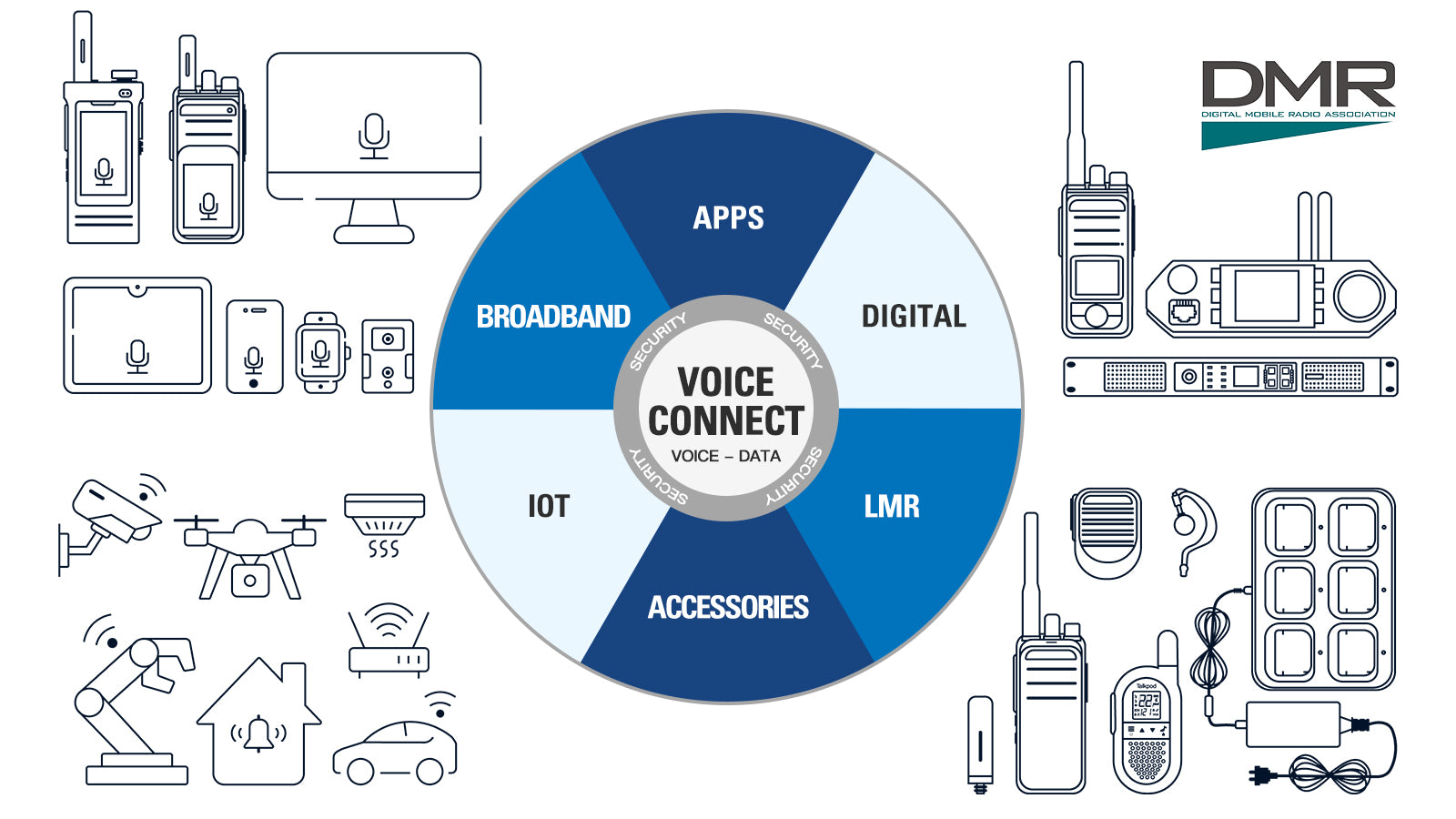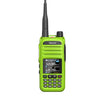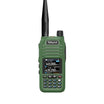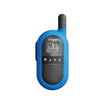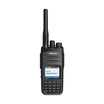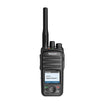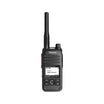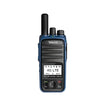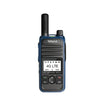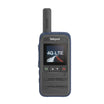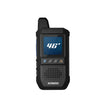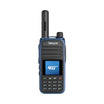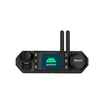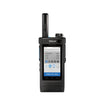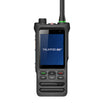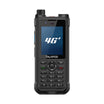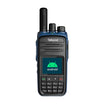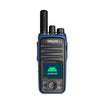Deciphering Busy Channel Lockout in Two-Way Radio Systems
What is Busy Channel Lockout? Busy Channel Lockout (BCL) is a critical feature found in two-way radio systems. It prevents users from transmitting on a channel that is already in use, thereby avoi...
Understanding Breadcrumbs in Two-Way Radio Systems
What are Breadcrumbs? Breadcrumbs, in the context of two-way radio systems, refer to the series of GPS location points sent by mobile radio units to a dispatch application. Each point represents a...
Decoding Bitstream in Two-Way Radio Systems
What is a Bitstream? A bitstream refers to a sequence of bits transmitted continuously over a communication channel. In the realm of two-way radios, it represents the digital form of the voice, da...
Exploring Bit Rate in Two-Way Radio Communications
What is Bit Rate? Bit Rate, expressed in bits per second (bps), is a measure used to quantify how much data is transmitted or processed over a unit of time in digital communication systems, includ...
Understanding Bit Error Rate in Two-Way Radio Communications
What is Bit Error Rate (BER)? Bit Error Rate (BER) is a critical parameter in the evaluation of two-way radio communication systems. It represents the ratio of received bits that contain errors, d...
The Central Role of Base Stations in Two-Way Radio Systems
What is a Base Station in Two-Way Radio Communication? A base station in the context of two-way radio communication refers to a fixed, central hub that facilitates wireless communication within a ...
Enhancing Security through Authentication in Two-Way Radio Communications
What is Authentication in Two-Way Radio Communication? Authentication in the realm of two-way radio communication is a critical security measure that involves verifying the identity of users or de...
Unraveling Audio Distortion in Two-Way Radios: Clarity in Communication
What is Audio Distortion? Audio distortion in two-way radios refers to any alteration or deformation of an audio signal, leading to a deviation from the original sound. This phenomenon can manifes...
Understanding Attenuation in Two-Way Radio Communications
Defining Attenuation in Radio Communications Attenuation, a fundamental concept in the physics of radio communications, refers to the gradual reduction in signal strength as it travels through a m...
Antenna Feeders: The Lifeline of Radio Communication Systems
Defining the Antenna Feeder In the world of radio communications, the integrity of the connection between a base station and its antenna is paramount. This connection is made possible through a co...
The Critical Role of the Air Interface in Two-Way Radio Systems
Understanding the Air Interface in Wireless Communication In the realm of wireless communication, the air interface serves as the invisible yet crucial bridge connecting users across distances. It...
Enhancing Radio Clarity: The Importance of Adjacent Channel Selectivity
Understanding Adjacent Channel Selectivity (ACS) In the complex world of radio communications, clarity and precision are not merely beneficial; they are essential. This is where the concept of Adj...
Streamlining Communication: The Role of Address Resolution Protocol in Two-Way Radio Networks
Understanding the Address Resolution Protocol (ARP) In the interconnected world of communication networks, precision in data transmission is paramount. This precision is largely attributed to a fo...
Enhancing Two-Way Radio Communications with Access Points
What is an Access Point (AP or Wireless AP)? In the digital age, maintaining seamless connectivity has become a cornerstone of operational efficiency. An Access Point (AP), or Wireless AP, is a cr...
The Role of Access Points in Two-Way Radio Systems
In the evolving landscape of wireless communication, the significance of connectivity and network reach cannot be overstated, particularly within the framework of two-way radio systems. This is wh...
Bridging Functionality: How APIs Integrate with Two-Way Radio Communications
The intersection of software and hardware opens a new realm of possibilities in professional environments, particularly through the use of Application Programming Interfaces, or APIs. In the domai...


